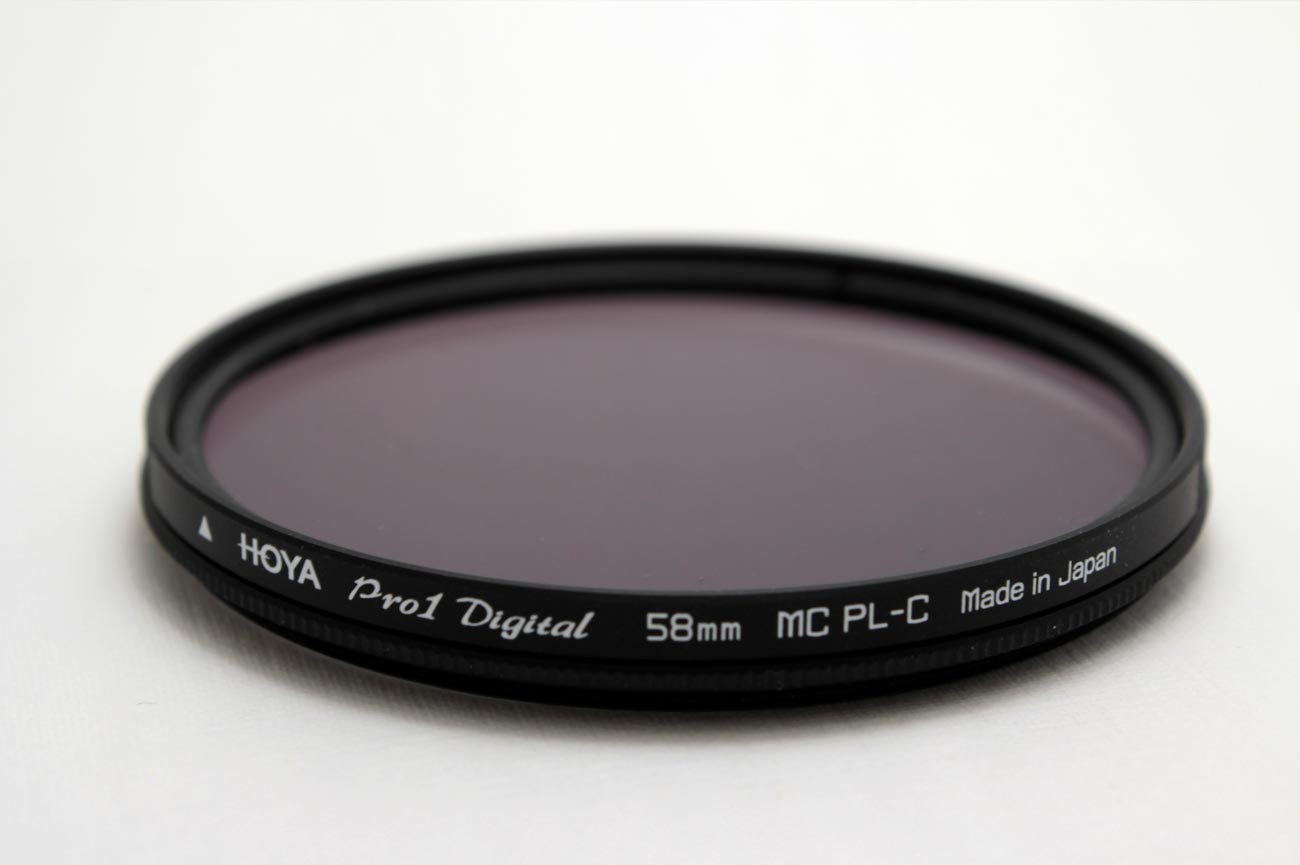Ultraviolet (UV) Filters for Film Photography

Photo by Rob Faulkner. Licensed under CC BY 2.0
The traditional spectrum of light runs from red to violet, with red light having the longest wavelength and violet the shortest. Light with a longer wavelength than red is referred to as infrared, while light with a shorter wavelength than violet is called ultraviolet (UV).
For film cameras, ultraviolet (UV) or haze filters are used to reduce the amount of haze and UV light that reaches the film. While invisible to the naked eye, ultraviolet light affects color film exposure by reducing contrast and potentially discoloring the final photograph. Color film is made of three color sensitive layers – red, green, and blue. The blue layer is not only responsive to blue light, but also to UV light. Therefore, if there is a lot of UV light, the blue sensitive film layer is overexposed, leaving the final image with a blue tint.
Typically, there is not a large amount of ultraviolet rays in everyday shooting situations that will have much effect on your photographs. However, since UV filters appear clear, they are often used as an added layer of protection for the camera lens. Some photographers consider this to be a safe practice, but a UV filter can potentially affect image quality by reducing contrast or increasing lens flare. As a result, some photographers choose not to take the risk of potential loss in quality, particularly when using a high quality camera lens.

















